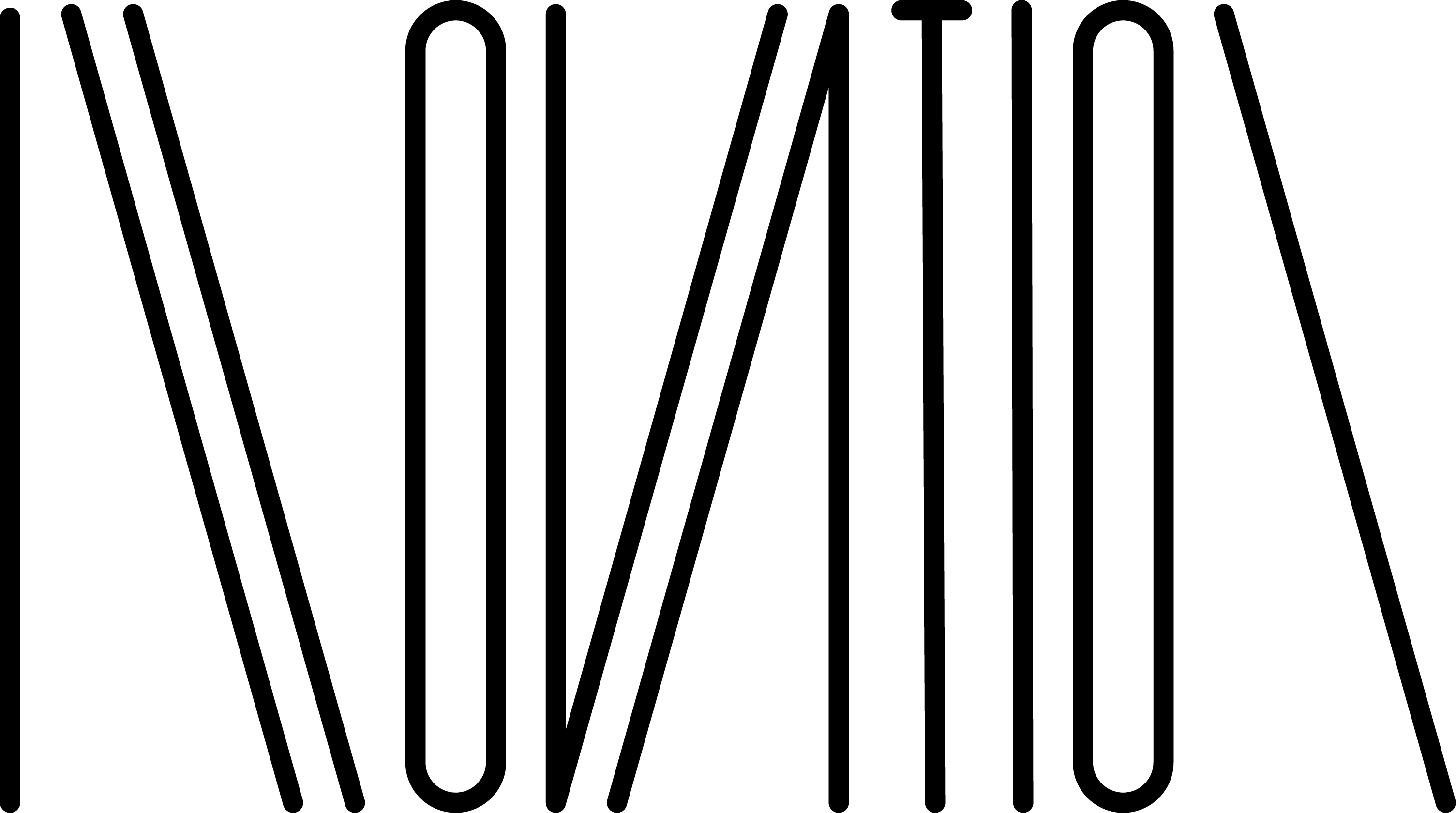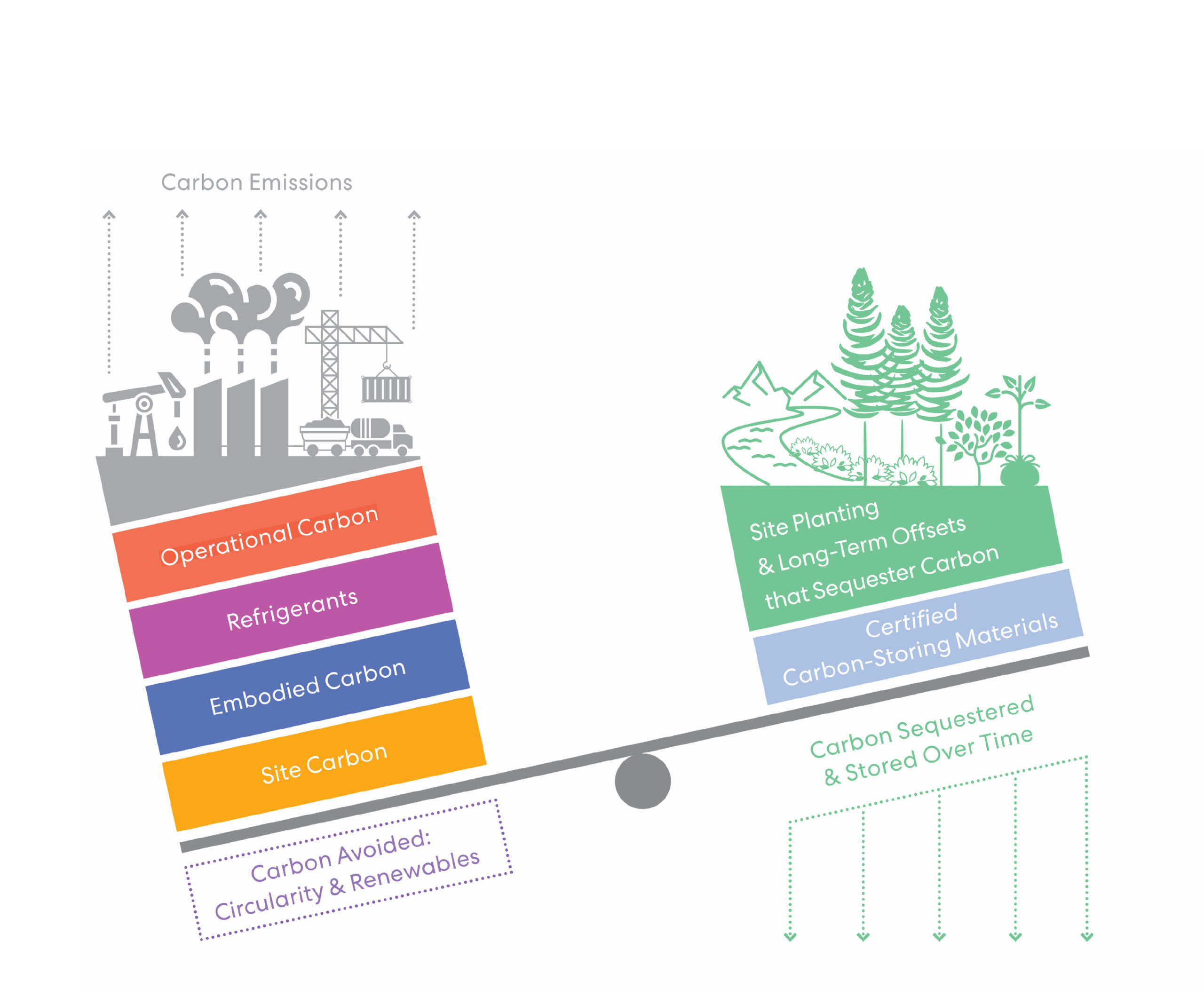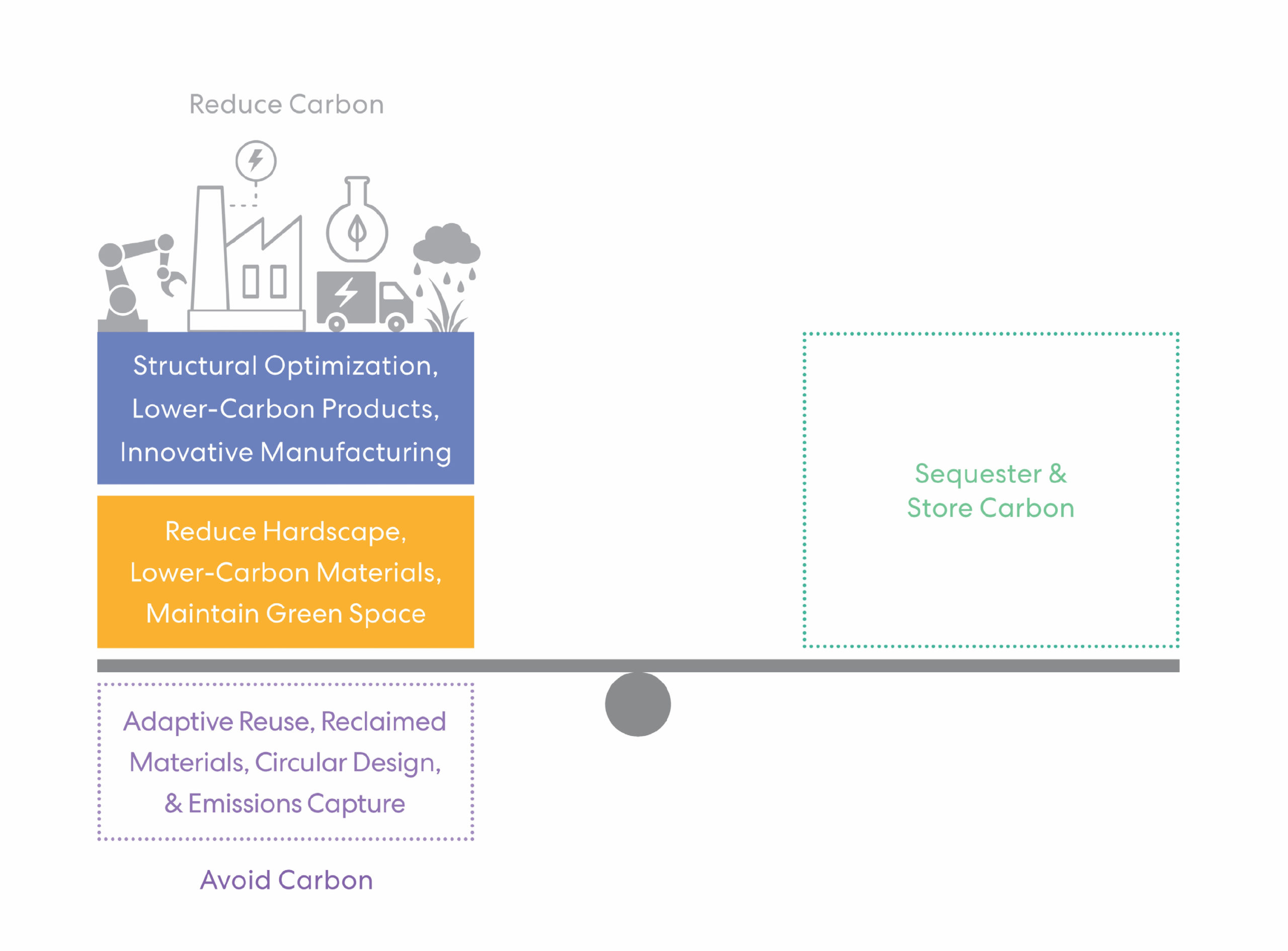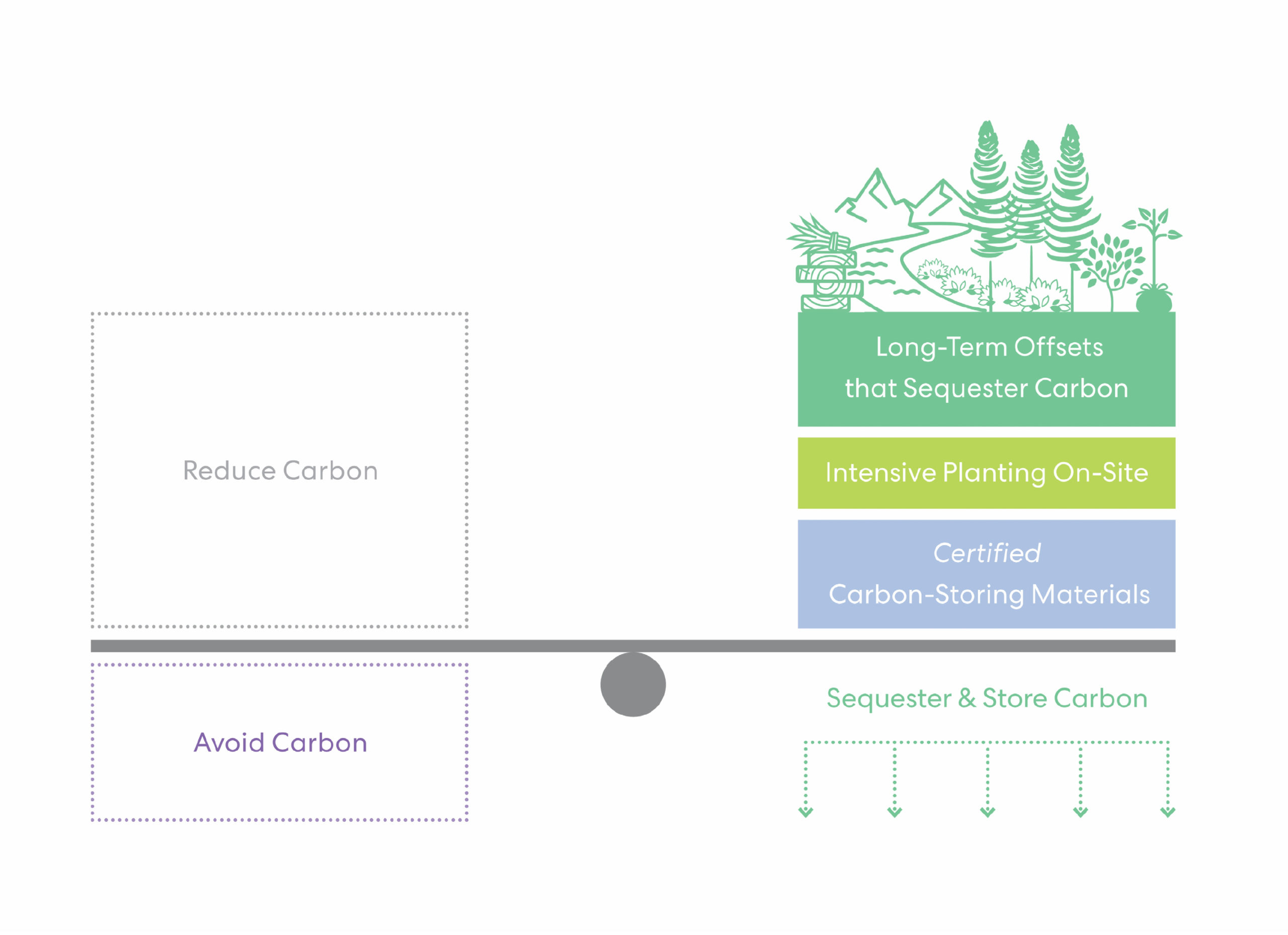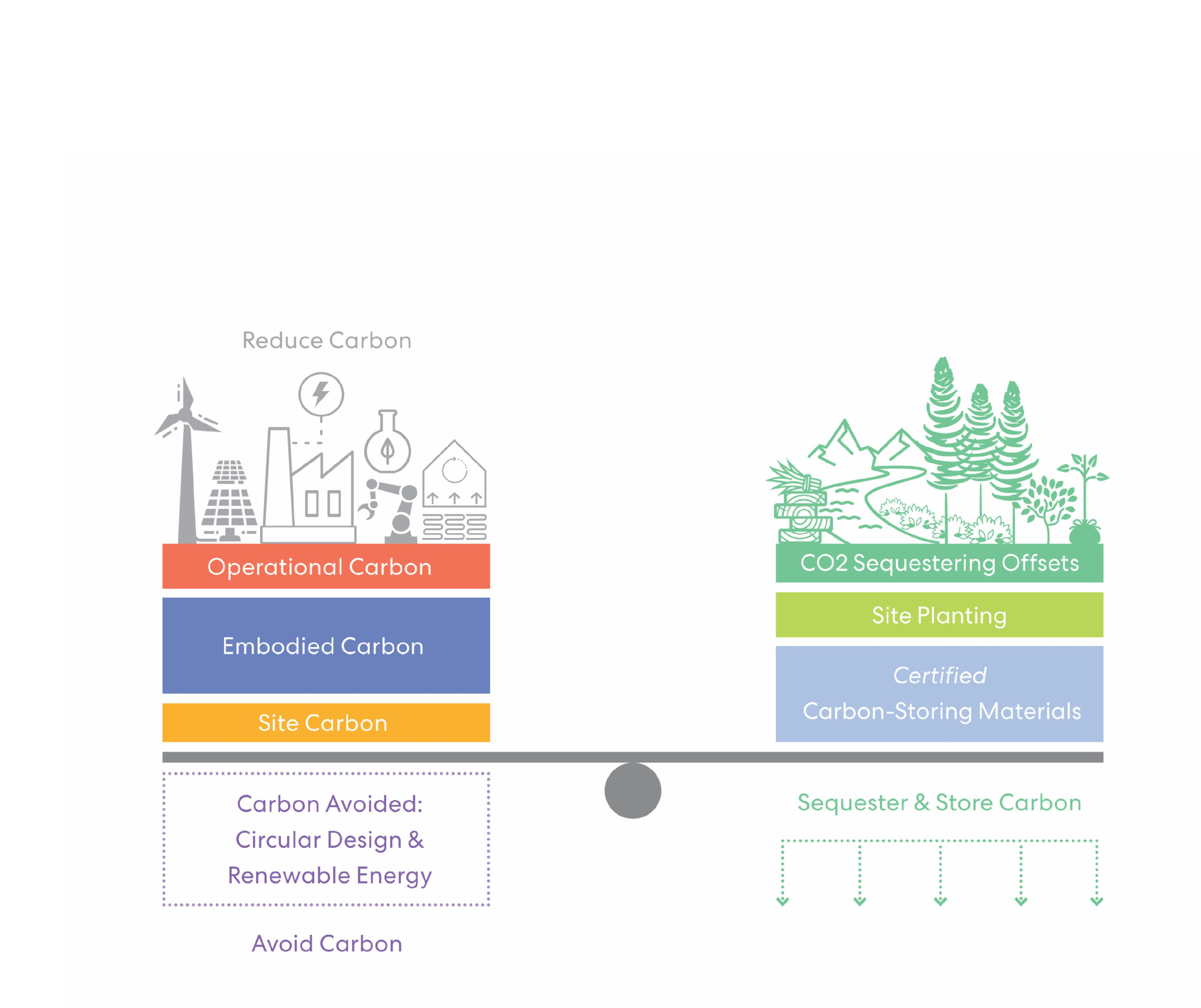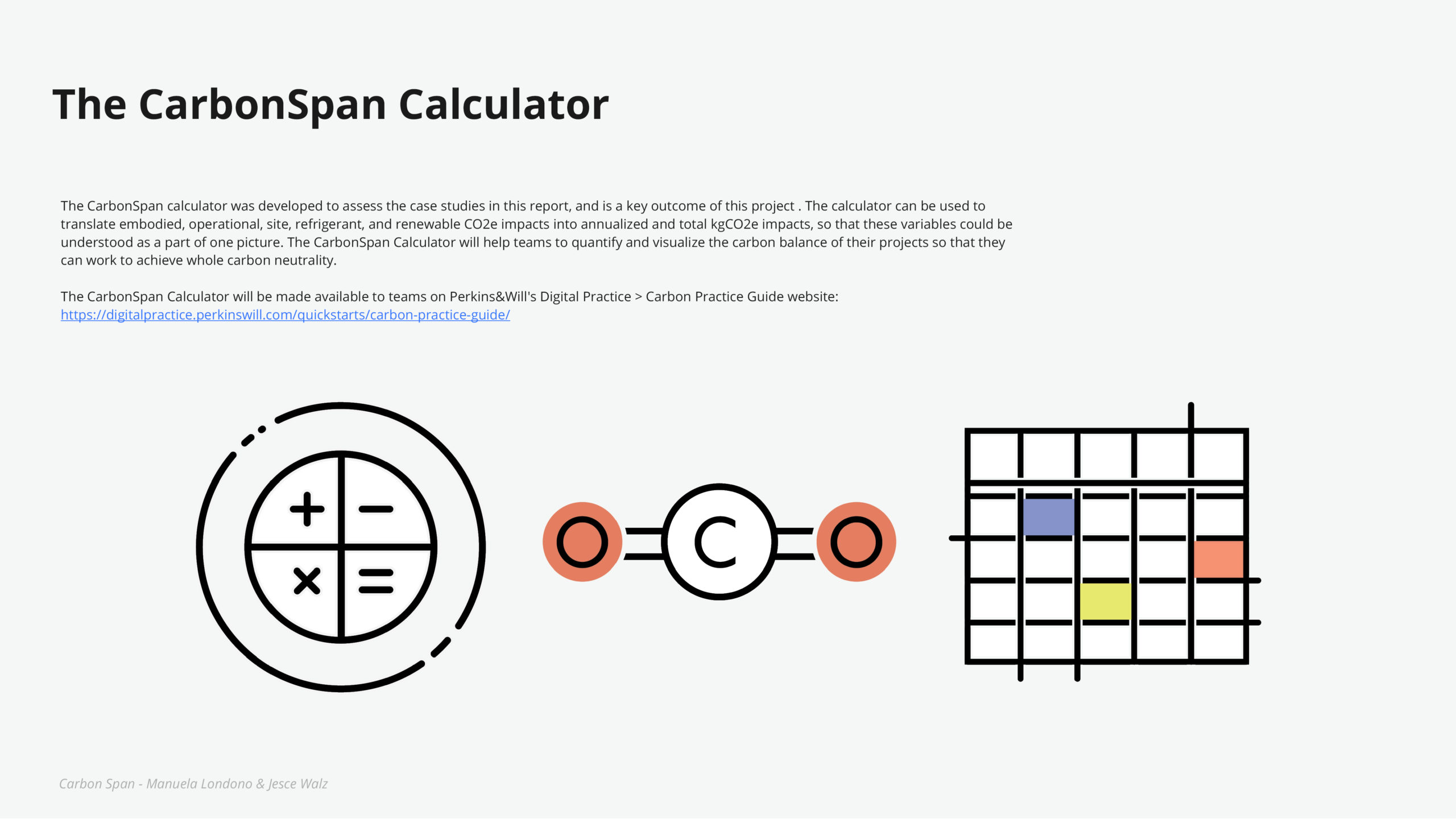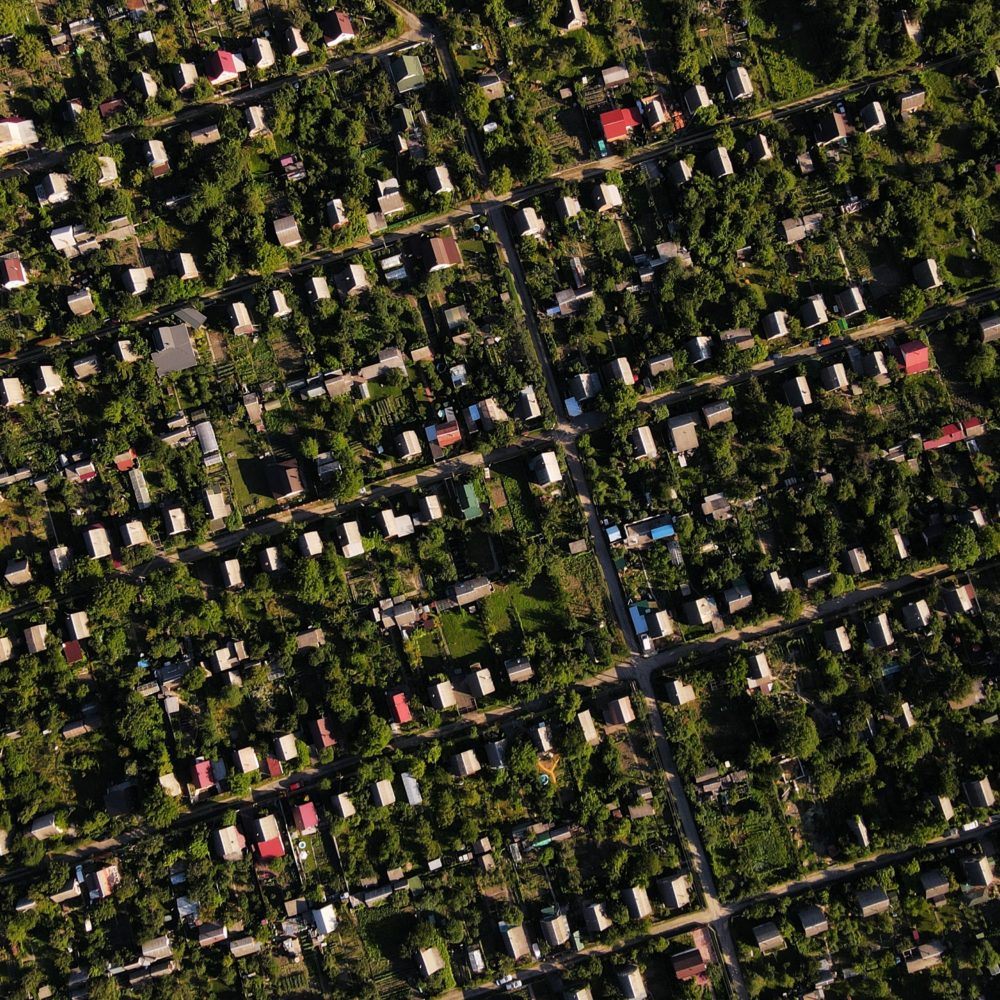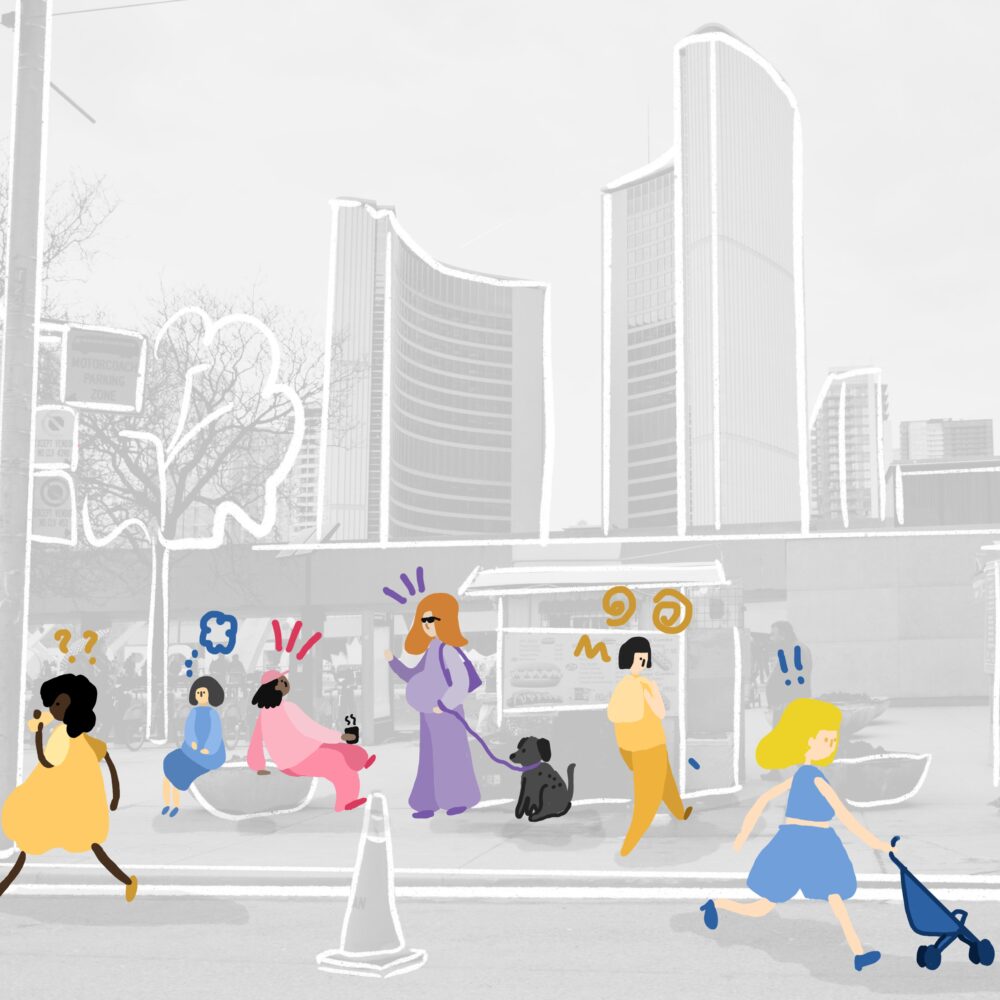The Economy of the Future: Counting Carbon’s Impacts
Jesce Walz and Manuela Londono
Spring 2020

When Manuela Londono and Jesce Walz teamed up to tackle carbon outputs, the building and construction industry was already in the midst of a climatecrisis reckoning. When data about the volume of embodied carbon from building materials became available, the call to action became that much more urgent.
Manuela, a sustainability building advisor in our Vancouver studio, observed momentum around embodied carbon ramping up in late 2019. “Our studio was getting acquainted with the terminology, and our dialogue escalated quickly from there,” she explains.

Meanwhile, Jesce an architect in our Seattle studio with broad expertise in Living Design, was kicking off her own inquiry into the topic. She had just been awarded an Innovation Incubator grant to create a Carbon Practice Guide for the firm, a microsite with resources explaining the relationship between embodied carbon, supply chain, and our built work.
In early 2020, the two like-minded advocates found each other—and a shared mission—as members of Perkins&Will’s newly formed Embodied Carbon Working Group, a team of experts and carbon-curious designers investigating carbon’s cumulative effects. From this partnership a new Innovation Incubator, Carbon Span, was born.

Here’s a glimpse at how we’re addressing the carbon balance through our advocacy and projects.
From vision board to tactical tool
The starting placewas a shared Miro board with “an explosion of dots and massive web of things to tackle.” It proved to be the perfect encapsulation of their partnership: one side (Manuela’s) orderly, the other (Jesce’s) a tableau of blue-sky ideas.
“Jesce is very visionary and asks tough questions. She sees where we are now but also where we need to be to be,” says Manuela. “I am a lot more methodical and linear. She gets stressed out being boxed into a path, and I get stressed thinking too broadly. Our style of working together was a really good balance.”
If Jesce’s first Incubator goal was to collect and share resources, Carbon Span was about creating actionable steps to balance the carbon budget through our designs. Beginning with existing project case studies, the pair investigated carbon’s supply chain to understand a project’s global warming potential. They then compared the key contributors: embodied carbon, operational energy, renewable energy, site materials, and carbon offsets for long-term sequestration.
“I believe carbon is the economy of the future.” Says Jesce. “It has a range of inflows and outflows all tied together in an ecological way. Clients are looking at what it means to be carbon neutral. To do this, we need to understand the basic science behind the carbon cycle, identify innovative next steps, and ramp up education.”
As Manuela explains, it was important to take a broader look at the multivariant approach in a more narrative way—so, not just embodied carbon, but all of a project’s carbon impacts. For example, they found lesser-known red flags like refrigerant systems that are commonly used as affordable and efficient form of HVAC. “But these often leak, and since you don’t see the gas, it could go unnoticed,” says Jesce. “Even with a high recovery rate, 10% is shot into the atmosphere.”
The brainstorm began to take shape. “As we were collaborating, we wondered, ‘what if we had a calculator that could inform our sustainability performance tracking?’” says Manuela. With this kernel of an idea, and a growing acumen around carbon in all forms, they created an Excel-based calculator for measuring and comparing variables. Beyond a research project, the Incubator’s deliverable would have long-term impacts in the firm, empowering project teams to understand the paths to achieving carbon neutrality or—even better—negative carbon emissions.
When blue sky thinking becomes meaningful strategy
“It was fun to take a more holistic look at the carbon cycle and not be bound by a single scope,” says Manuela. Adds Jesce: “I love this about the Incubators. They’re a way to look at different scales of investigation and ask, ‘what would you do if you didn’t have to worry about all the restraints of a typical project? But also—how can this be actionable and applied to our projects?’”
Jesce and Manuela came to the project with both of those questions—and they confidently answered them with both the relevant case studies and the calculator. Combined, these helped guide how we track carbon in our internal sustainability performance review (SPR) process. The project also raised awareness of less-visible impacts, like those refrigerants, and led to many fruitful conversations with colleagues about how teams can incorporate carbon considerations in their workflow.
“It has been encouraging to see data begin to trickle in from around the firm in response to these early metrics,” says Jesce. “Training, measuring, and reporting on impacts are essential precursors to carbon reduction.”
More Stories
